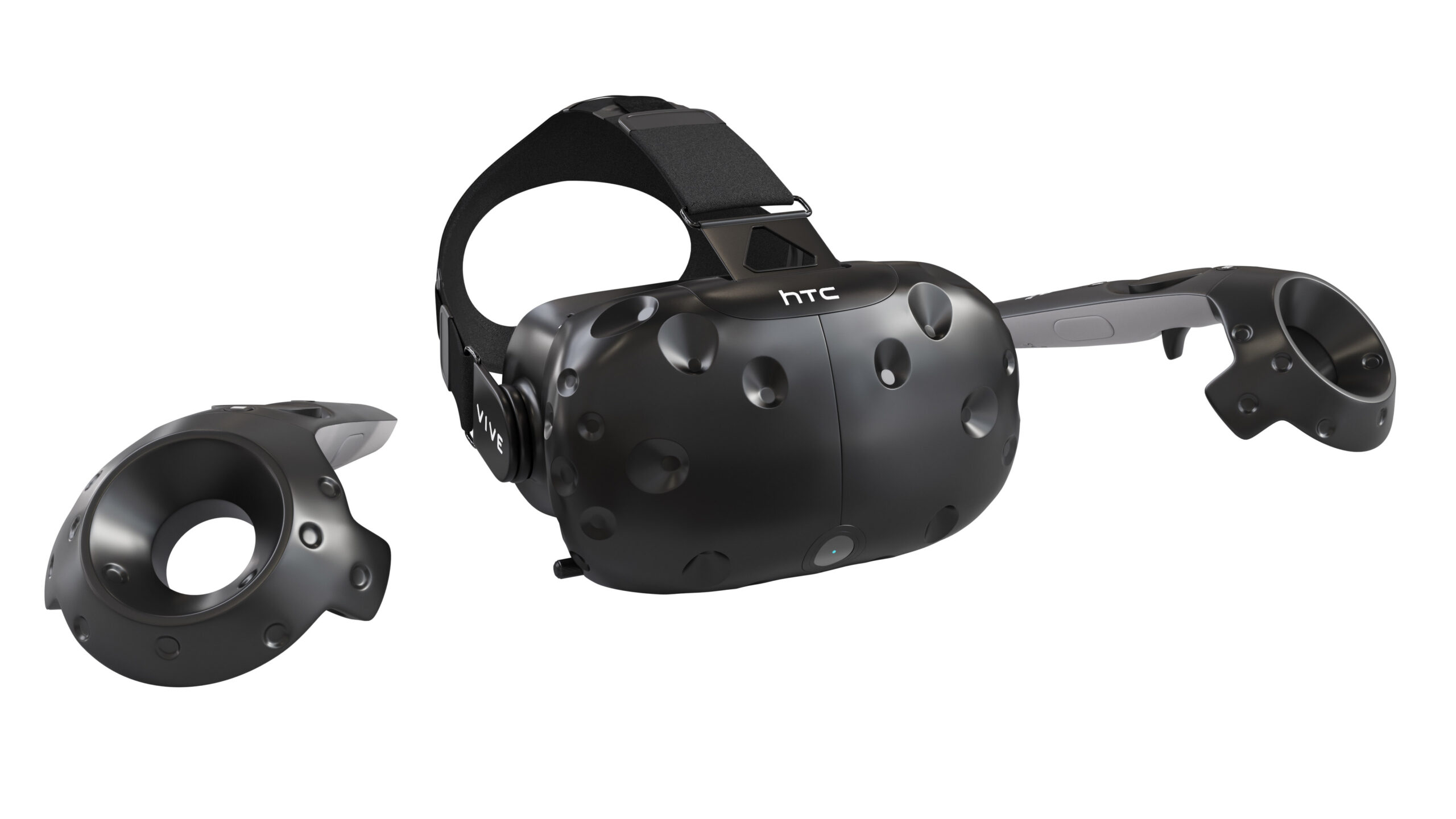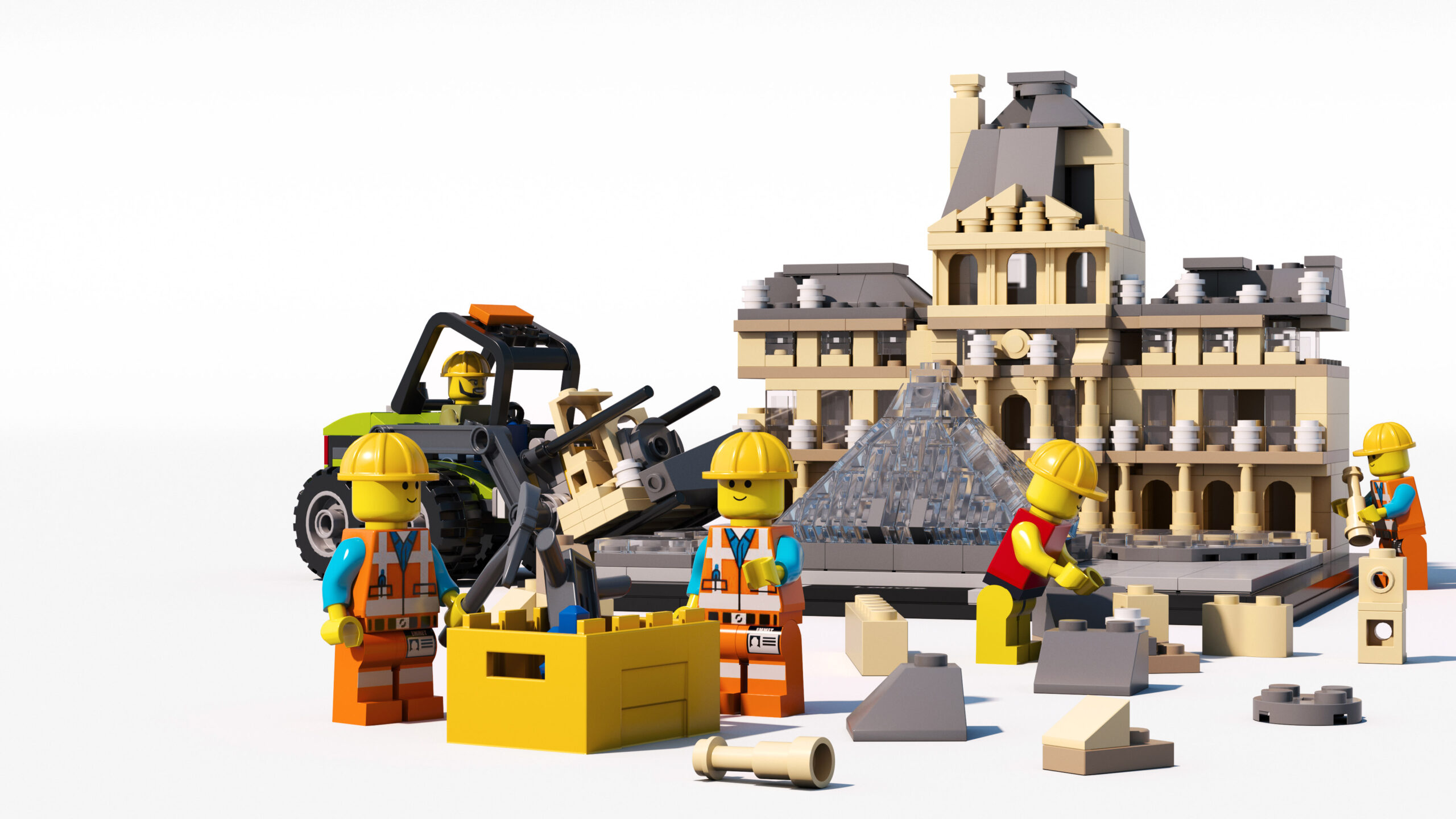3d in the Metaverse
The metaverse, or virtual shared space, has the potential to be fun and entertaining. Is it a place to socialize, play games, and explore new worlds or is it just a 3d gimmick?
The concept of a metaverse, or virtual shared space where people can interact in a simulated environment. The 3d metaverse is an emerging field and many experts believe it will become a reality in the future. There are already several examples of virtual worlds and online communities that exist today. Second Life, Minecraft, Roblox, and World of Warcraft have millions of active users. The immersive nature of virtual reality can create a sense of presence in the virtual world. Users can interact with others and digital objects in a more natural and intuitive way. This can make for a more engaging and enjoyable experience.
In recent years, advancements in technology such as virtual reality, augmented reality, and 5G networks have made it possible to create more immersive and interactive virtual environments. Many companies, including tech giants like Meta and Google, are investing in the development of the metaverse. Some experts predict that it will become a major part of the internet in the future.
However, it is worth noting that the concept of the metaverse is still in its early stages and it is not clear how it will fully develop. While there is a lot of excitement and potential for the metaverse, it is important to be realistic about the current capabilities and limitations of the technology.
Challange of the metaverse
The metaverse is a term used to describe a virtual world where users can interact with each other in real-time. It is often considered to be the next step in the evolution of the internet, as it allows for new forms of social interaction and engagement, as well as a new way for businesses to interact with their customers. But, is it really the future of the internet or just a gimmick?
There are several reasons why we should care about the metaverse. Firstly, it offers new opportunities for social interaction and connection. The metaverse allows people to come together from all over the world, regardless of their location, and engage in activities such as gaming, shopping, and even attending virtual events. This can help to foster a sense of community and belonging, especially for those who may feel isolated in the physical world.
Secondly, the metaverse has the potential to revolutionize the way businesses operate. Companies can use the metaverse as a new platform for customer engagement, allowing them to create immersive and interactive experiences that will help to build brand loyalty and drive sales. Additionally, the metaverse can also be used as a new platform for e-commerce, allowing businesses to sell products and services in a virtual environment. This can be especially beneficial for small and medium-sized businesses who may not have the resources to establish a physical presence in multiple locations.
Thirdly, the metaverse can be used as a tool for education and training. Teachers and trainers can create virtual classrooms and training sessions, allowing students and employees to learn and practice new skills in a simulated environment. This can be particularly useful for fields such as healthcare, engineering, and aviation, where hands-on training is crucial but can be expensive and logistically challenging.

3d Meta objects
One of the key components of the metaverse is the use of 3D models. 3D models are used to create the virtual environment and objects that users interact with in the metaverse. These models can be anything from simple geometric shapes to highly detailed and realistic representations of real-world objects. 3D models play a crucial role in the metaverse as they are the building blocks that make up the virtual environment. They are used to create a sense of realism and immersion, allowing users to interact with virtual objects in a way that feels natural and intuitive. Additionally, 3D models are also used to create virtual characters and avatars, which are the representations of users in the metaverse.
Creating 3D objects in the metaverse can be a complex process, and there are a variety of tools and software available to help with the process. Some popular tools include Autodesk Maya, Blender, and SketchUp. These tools allow users to create 3D models by manipulating vertices, faces, and edges, as well as applying textures and materials. Additionally, there are also online platforms such as Sketchfab and Turbosquid, which allow users to purchase or download pre-made 3D models that can be used in the metaverse.
Living in the Meta world
Virtual reality (VR) is a computer-generated interactive simulation of a 3d environment. Using specialized equipment, such as a VR headset, the user is immersed in full 360 degrees. You can look around, move, and interact with digital objects as if they were in the real world. VR technology has come a long way since its first iteration. It is now possible to use VR technology with a head-mounted display (HMD) that tracks the user’s head movements and displays the 3D environment accordingly. This allows the user to have a greater sense of presence in the virtual world.
There are two main types of VR: non-immersive and immersive. Non-immersive VR systems, such as desktop VR, use a computer or console to generate the virtual environment and a monitor or TV to display it. Immersive VR systems, such as head-mounted displays (HMDs), use a headset to display the virtual environment and sensors to track the user’s movements.
VR technology has a wide range of applications, such as gaming, education, training, therapy, and entertainment, but it also has potential uses in fields such as architecture, medicine, and engineering.
In order to access the metaverse, users will need certain hardware. The most basic requirement is a computer or device that is capable of running virtual reality (VR) or augmented reality (AR) software. This typically includes a high-performance processor, a graphics card, and enough memory to run the software smoothly. Additionally, users will need a VR or AR headset, such as the Oculus Rift, HTC Vive, or Microsoft Hololens, to fully immerse themselves in the metaverse.
For a more advanced experience, users may also want to consider investing in additional hardware such as haptic feedback gloves or controllers, which can simulate the sensation of touch in the virtual world. Furthermore, users may also want to invest in high-speed internet connectivity, to ensure that the metaverse is responsive and free of lag.

VR Hardware for the Metaverse
The best VR hardware can depend on the individual’s needs and budget. Some popular VR hardware options include:
- Oculus Quest 2. This is a standalone VR headset that does not require a PC or console to operate. It has high-resolution displays, six degrees of freedom (6DoF) tracking, and a wide range of games and apps available.
- PlayStation VR. This VR headset is designed for use with the PlayStation 4 and PlayStation 5 consoles. It offers a large library of games, and it’s easy to use, but it has a lower-resolution display than other options.
- Valve Index. This is a high-end PC-based VR system that offers a high-resolution display, a wide field of view, and advanced hand controllers called “Knuckles”. It’s considered one of the most immersive and high-fidelity VR experiences available, but it’s also one of the most expensive.
- HTC Vive Cosmos. This is a PC-based VR system that offers high-resolution displays and a wide range of games and apps. It also has a convenient flip-up design that allows you to quickly switch between VR and the real world.
- Windows Mixed Reality Headsets: These are a range of VR headsets developed by different brands that are compatible with Windows operating systems and offer a variety of features and price points.
Ultimately, the best VR hardware depends on your specific needs. You should consider factors such as resolution, field of view, tracking, and controller options when making a decision.

Metaverse is Future verse
Finally, is the metaverse a gimmick? It’s an emerging field that has the potential to become a major part of the internet in the future. The metaverse can be defined as a virtual shared space where people can interact in a simulated environment. This is not exactly a new idea. To create a virtual world as immersive and interactive as the real world, where people can do anything from socializing to working, learning, playing games, and more.
- 3d in the metaverse has the potential to provide a new level of immersion and interactivity in virtual environments. Users could have a sense of presence in the virtual world, which would allow them to interact with others and digital objects in a more natural and intuitive way.
- A VR metaverse could provide new opportunities for social interaction and collaboration. People from all over the world could come together in a virtual space to work, play, and socialize. This could be particularly beneficial for people who are geographically isolated or have mobility issues.
- The VR metaverse could provide new opportunities for education and training. Virtual environments could be used to create simulations of real-world scenarios for learning and practice. This could be especially useful for fields such as medicine, engineering, and architecture.
- 3d in the metaverse could also provide new opportunities for business and entertainment. Virtual worlds could be used to create new types of games, experiences, and products. This could lead to the development of new revenue streams and business models.
It is important to note that the metaverse is still in its early stages, and there are still many technical and logistical challenges that need to be overcome before it can become widely adopted. Additionally, there are concerns about the potential negative effects of the metaverse, such as addiction and the erosion of privacy. Despite these challenges, the metaverse is an exciting development that has the potential to revolutionize the way we interact with each other and the world around us.
In conclusion, the metaverse has the potential to offer new opportunities for social interaction, business, education, and training. However, it’s important to consider whether the hype around the metaverse is warranted and to be aware of the potential negative effects. To fully experience the metaverse, users will need certain hardware such as a computer, VR or AR headset, haptic feedback gloves or controllers, and high-speed internet connectivity. While the metaverse is still in its early stages, it’s an exciting development that is worth keeping an eye on as it continues


